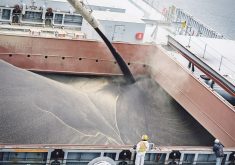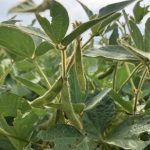CANBERRA, Australia (Reuters) – Australian officials have declared flood-stricken parts of the country a natural disaster, but rain submerging large swaths of New South Wales could be a boon for crop exports after a crippling drought.
Days of heavy rain in the state have swollen rivers and left hundreds of rural properties cut off by flood waters, with more than 1,200 people evacuated from their homes.
However, farmers said the big wet will mean they will be able to plant summer and winter crops in the months ahead, refilling reservoirs and easing a long-running drought that has wiped billions of dollars from agricultural exports.
Read Also

Russian wheat exports start to pick up the pace
Russia has had a slow start for its 2025-26 wheat export program, but the pace is starting to pick up and that is a bearish factor for prices.
“If you look at the total … agricultural export income earnings of around $30 billion Aus, and you think that quite easily this rain could increase that by 10 percent and could in fact increase it by quite a lot more than that, 10 percent would be $3.2 billion,” said New South Wales Farmers’ Association president Charles Armstrong.
Flooding damage is expected to run into millions of dollars in Australia’s most powerful state, home to a third of the country’s 21 million population and a $320 billion economy accounting for a third of national gross domestic product.
A rain depression, which started as a powerful cyclone off the western coast and travelled across the outback over Christmas, has flooded dry rivers and turned dust bowl paddocks to mud in New South Wales.
Farmers say it is the best rain in 10 years in some areas, although not enough to fully replenish irrigation dams.
“There will be an opportunity to perhaps have more irrigated crops and a greater food supply as a result of that than we’ve had in the last few years,” Armstrong said.














